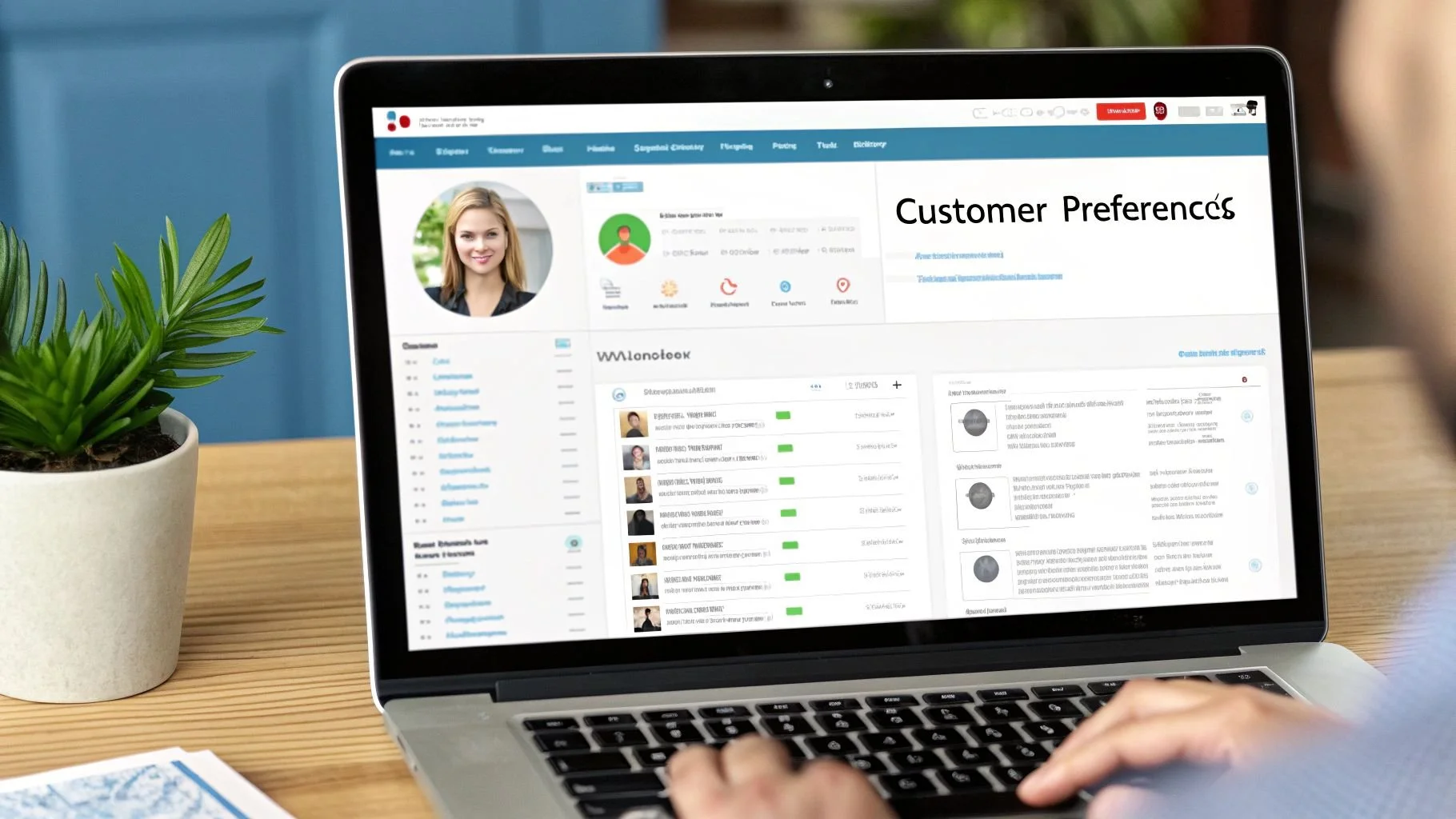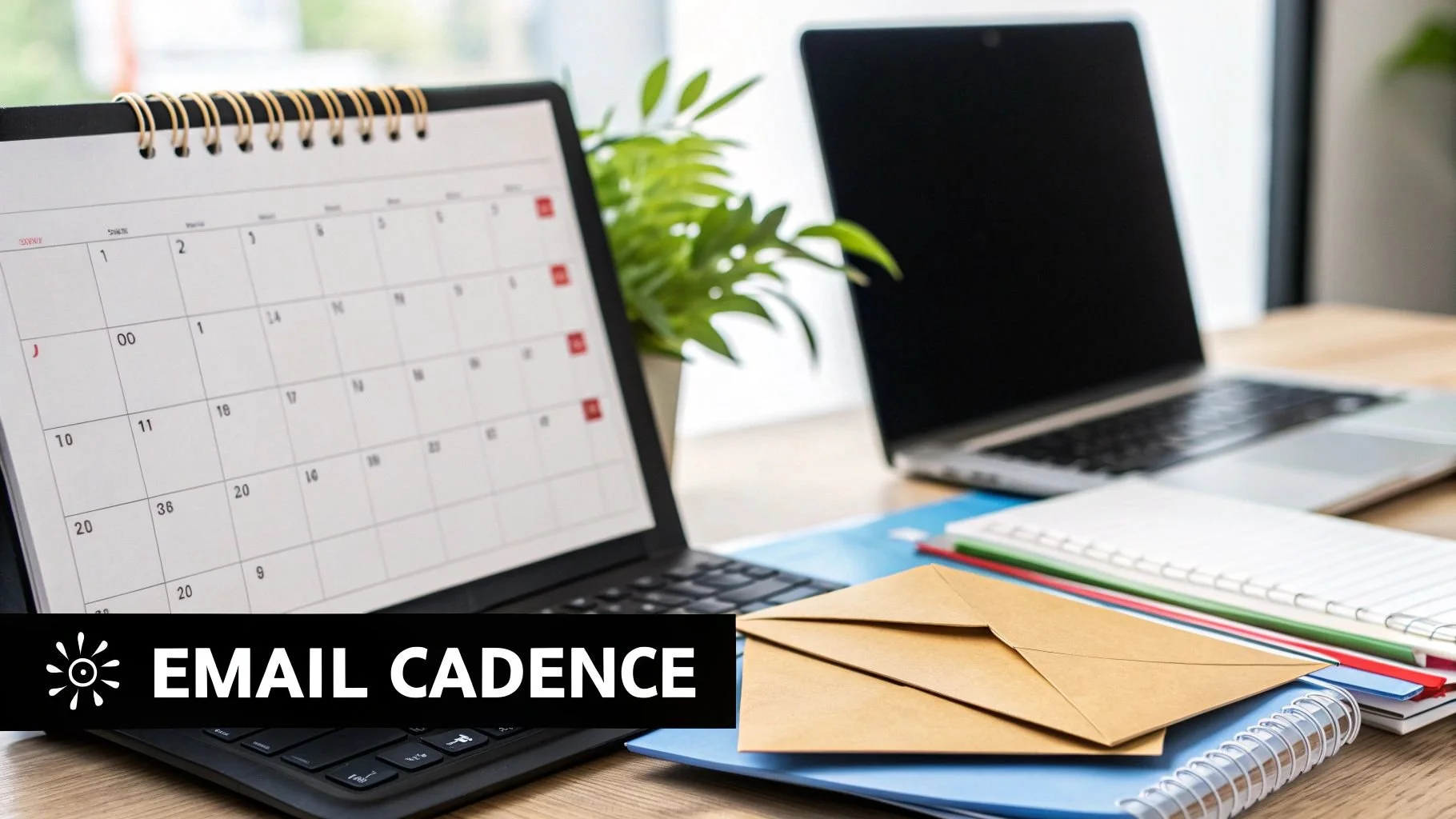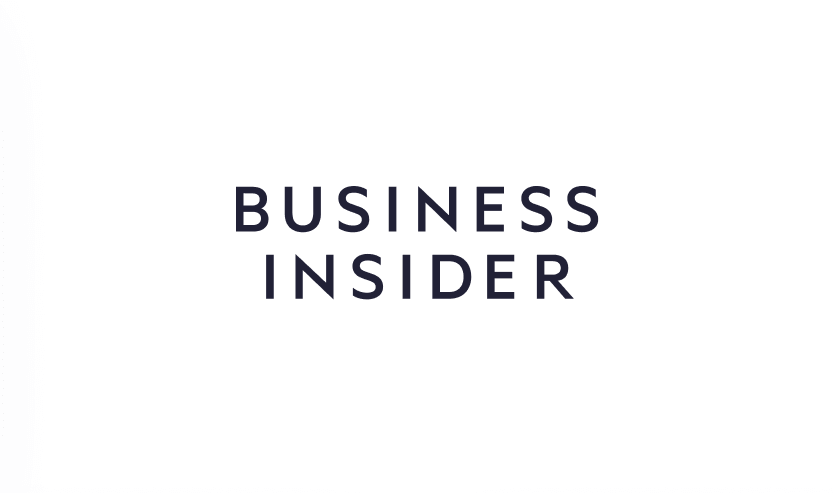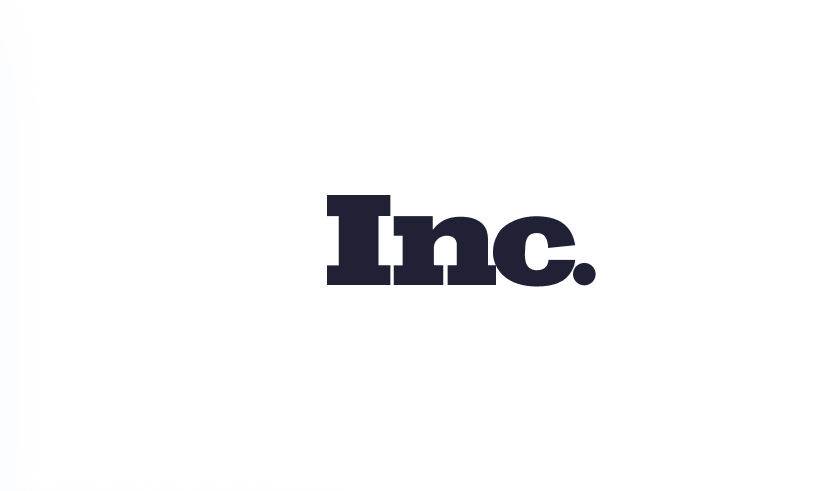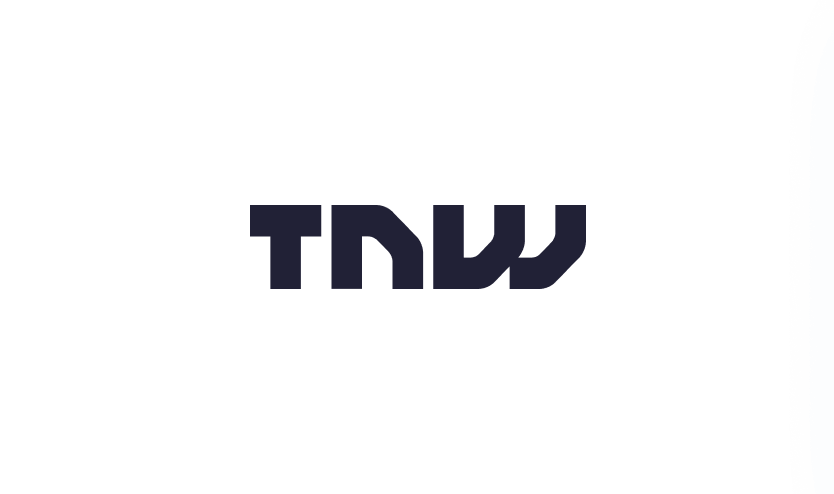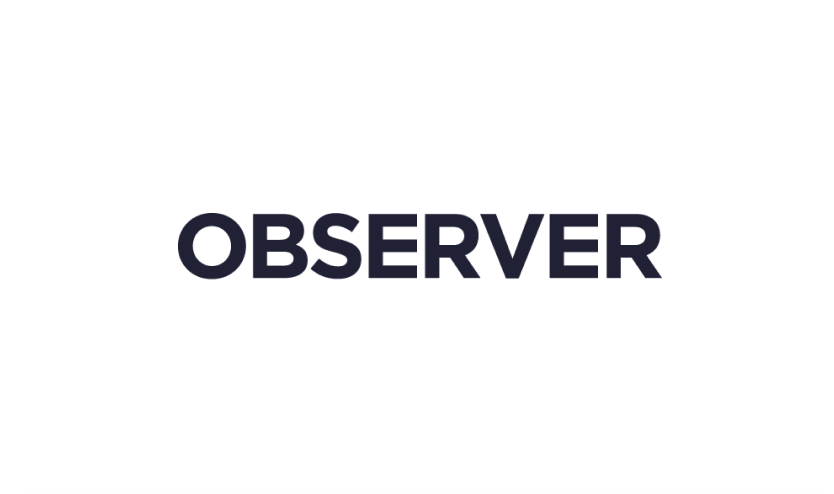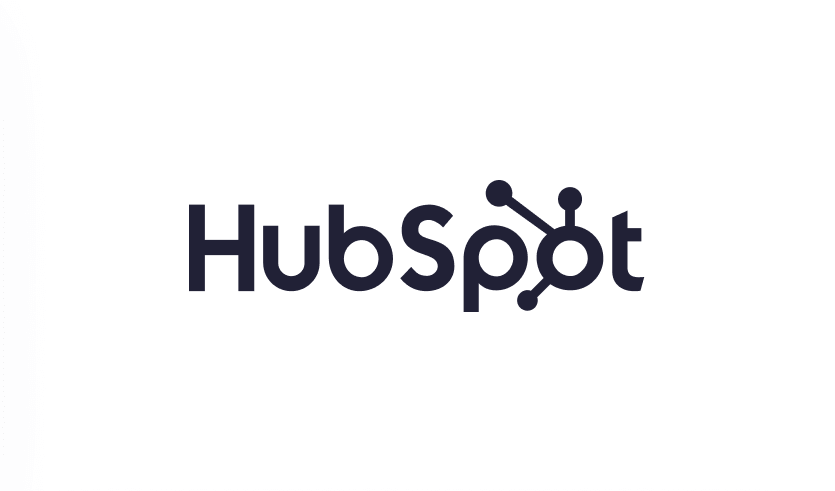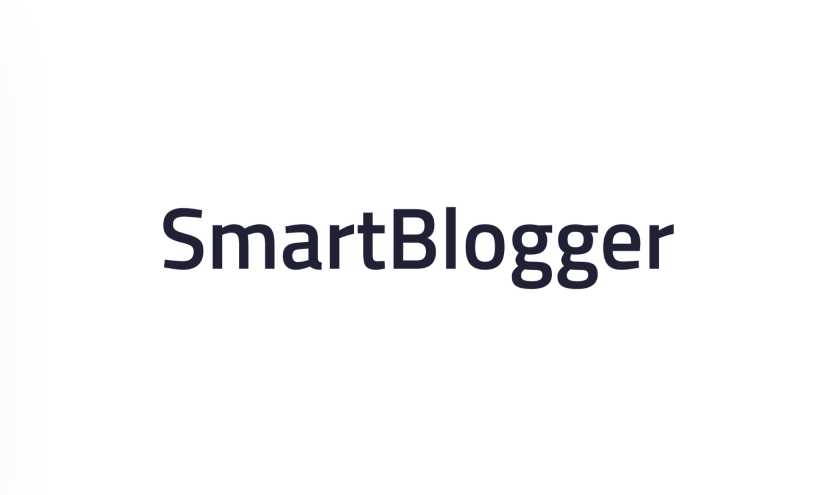How Often to Email Customers: Optimal Messaging Frequency
Why Email Frequency Makes or Breaks Customer Relationships
Imagine walking into a networking event. One person barely whispers their name, avoiding eye contact. Another person traps you in a corner, detailing every life event since birth. Neither leaves a good impression, do they?
Email frequency is similar. It's the difference between building a loyal following and sending potential customers running for the unsubscribe button. Too much, and you're the networking chatterbox. Too little, and you're the wallflower nobody remembers.
For example, a clothing store blasting daily emails about new arrivals quickly becomes annoying. On the other hand, a SaaS company sending a monthly newsletter might leave customers feeling neglected. Finding that "just right" frequency is crucial for nurturing customer relationships. It's not just about hitting “send”; it's about building connections. Check out our guide on how often to send emails for a deeper dive into this topic.
Understanding Customer Preferences
This balance gets even trickier when you consider individual preferences. Some customers crave regular updates, while others prefer a more minimalist approach. This brings us to a key point: customer preferences for email frequency vary significantly.
A study revealed that 61% of subscribers appreciate weekly promotional emails, while 38% are open to even more frequent communication. Interestingly, 32% of marketers email clients 2-3 times per month, and 19% opt for 4-6 times per month. These statistics underscore the need to strike a balance between engagement and overload. Discover more insights about email marketing statistics.
The Importance of Personalized Communication
Think of your email list as a room full of unique individuals, each with their own communication style. Some prefer quick updates, while others enjoy longer, more detailed messages.
Understanding your audience's needs and expectations is key to creating a successful email strategy. By truly listening to your customers, you can pinpoint the optimal frequency to reach them, build trust, and solidify your relationship. It's about making each individual feel valued and understood, not just another name on a list.
Reading the Hidden Signals in Your Email Analytics
Your email dashboard isn't just a static report; think of it as a live conversation with your customers. They're constantly giving you feedback on your email frequency—through opens, clicks, unsubscribes, and more. These metrics aren't just numbers; they're valuable insights waiting to be unlocked.
Decoding the Metrics That Matter
Take open rates, for example. A healthy open rate suggests your subject lines are grabbing attention and piquing interest. Consistently low open rates, however, could mean your subject lines aren't resonating or your emails are simply getting lost in the inbox shuffle.
Click-through rates tell a different story. They reveal how engaging your email content actually is. Are people clicking to learn more, or are they just skimming and moving on? This is where the real magic happens – or doesn't.
And then there are unsubscribe rates. While a few unsubscribes here and there are perfectly normal, a sudden spike after increasing your sending frequency is a clear sign you're sending too many emails. You've crossed the line from engaging to overwhelming.
Remember, these metrics work together to create a complete picture of your audience engagement. It's about finding the right balance.
The email marketing world is huge, and it's only getting bigger. By 2025, there will be an estimated 4.6 billion email users sending over 376 billion emails daily. Email continues to be a powerful marketing channel, especially given that 60% of consumers prefer to hear from brands via email. And with 88% of users checking their inbox multiple times a day, the opportunity to connect is undeniable. Want to dive deeper into these stats? Learn more about email marketing statistics here.
Identifying Warning Signs and Content Issues
It's crucial to distinguish between content problems and timing issues. High open rates but low click-through rates? The problem might not be your frequency, but the content itself. Perhaps your email doesn't deliver on the promise of the subject line, or maybe your call to action isn’t compelling enough.
On the other hand, if you're seeing high unsubscribe rates and decreasing open rates, your email frequency is likely the culprit. Your audience might be feeling bombarded and starting to tune you out.
By carefully analyzing these metrics and looking for patterns, you can start to understand your audience’s preferences. This allows you to fine-tune your email frequency, leading to higher engagement and better customer relationships. Think of your analytics dashboard as a compass guiding you towards the perfect email cadence.
Customer Segmentation: The Art of Personal Email Timing
The infographic above shows how closely tied engagement metrics (like open and click-through rates) are to email frequency. Think of it as a control panel reminding you to "Adjust Frequency" for better results. A one-size-fits-all approach just won't cut it. Sending the same email cadence to a new subscriber and a loyal five-year customer is like serving the same meal at a backyard barbecue and a black-tie wedding – completely different vibes.
Understanding Your Audience Segments
Smart businesses know that different customer segments have different communication preferences. Customer segmentation is the key to figuring out this email puzzle. Some subscribers love daily updates, while others prefer a monthly touch-base. The best email programs personalize frequency as much as they personalize content.
Identifying High-Engagement Subscribers
So, how do you tell who wants those daily updates versus those who prefer a more laid-back approach? Look at their actions. Purchase history is a big clue. Frequent buyers are usually more open to regular product news and promotions. You might find this interesting: finding the best day to send marketing emails.
Engagement levels are also super revealing. Subscribers who consistently open your emails, click links, and interact with your content are saying, "Hey, we like this! More, please." They're actively part of the conversation, showing real interest in what you're offering.
Advanced Segmentation Techniques
Now, let's go beyond basic demographics and explore behavioral segmentation. This digs deeper than just age or location. It's about how customers interact with your brand. Do they browse certain product categories? Do they often abandon their carts? These actions offer valuable hints about their interests.
For instance, imagine someone frequently checking out your "new arrivals" section. They might love daily or weekly updates on new products. On the other hand, someone who only buys during sales might prefer fewer emails, focused on special offers.
To help visualize this, let's look at a table:
To get the most from your email strategy, it's helpful to understand how different customer segments relate to email frequency. The following table outlines recommended frequencies based on typical customer behavior and engagement.
This table shows how understanding key characteristics of each segment allows you to tailor your content and frequency. By sending the right message at the right time, you'll see better engagement and stronger customer relationships.
By using these advanced segmentation techniques, you're moving beyond generic email blasts. You're sending personalized emails that resonate with individual needs and preferences. This helps you optimize email frequency for maximum impact, increasing engagement and building stronger customer connections. This flexible approach also allows your email frequency to adapt as customer behavior changes over time.
Matching Email Types to Their Natural Rhythms
Think of your email marketing strategy like a chef preparing a multi-course meal. Each dish requires a different cooking time, just as each type of email campaign needs a unique sending frequency. You wouldn't cook a delicate soufflé at the same temperature and duration as a hearty stew, right? Similarly, sending a welcome email at the same pace as a monthly newsletter is a recipe for disaster – a confused audience and a pile of unsubscribes.
Aligning Frequency With Campaign Goals
The ideal email frequency hinges on the purpose of the email itself. A flash sale announcement needs to grab immediate attention, justifying a rapid-fire approach. On the other hand, a weekly newsletter cultivates long-term engagement and requires a gentler touch. It’s about finding the right rhythm for each communication, a balanced tempo that resonates with your audience.
Let's explore some examples. Consider the abandoned cart email. Its purpose is clear: recapture a potentially lost sale. A series of three emails often works best: the first sent within an hour of abandonment, the second a day later, and a final nudge after three days. This strategic timing creates a sense of urgency without being overwhelming.
Now, think about the welcome series. This is your chance to make a great first impression and onboard new subscribers. A sequence of 3-4 emails spread over the first week allows you to introduce your brand, showcase your top products, and build an initial connection. It's like giving new subscribers a guided tour of your brand.
Promotional emails, like product announcements or seasonal offers, require a slightly different approach. A weekly or bi-weekly cadence keeps your audience informed without flooding their inboxes. This consistent rhythm maintains brand visibility without becoming intrusive.
Finally, newsletters focus on building long-term relationships through valuable content. A monthly cadence allows you to curate high-quality articles, resources, or insights, avoiding inbox fatigue and fostering a sense of anticipation. It's about building trust and connection over time.
To visualize these different rhythms, let's take a look at the following table:
To help illustrate the nuances of email timing, I've put together a handy table:
Optimal Frequency by Email Campaign Type Recommended email frequencies and timing strategies for different types of email campaigns
This table highlights the importance of tailoring your email frequency to the specific campaign type. Notice how the key metrics also change depending on the campaign's objective. By syncing your email rhythm with your overall goals, you can create a more effective and engaging email marketing strategy.
Building Your Frequency Testing System That Actually Works
Imagine throwing darts while blindfolded. You might hit the board, maybe even the bullseye, but it's pure luck. Effective email frequency testing is the opposite of this – it’s about taking aim with precision and understanding exactly why you hit the mark. Even small tweaks in your email timing can significantly impact both your revenue and your relationship with your subscribers.
Why Precise Testing Matters
Think about it: switching from bi-weekly to weekly emails could lead to more unsubscribes than you anticipated. Conversely, it might reveal that your audience actually wants to hear from you more often, leading to higher open and click-through rates. Systematic testing is the only way to know for sure.
This means testing isn't a one-time event; it's a continuous process of refinement. Just as a scientist adjusts their experiments based on new findings, you should constantly adapt your email frequency according to your audience's feedback.
Designing Effective Frequency Tests
So, how do you create a frequency testing system that delivers real results? First, consider seasonal changes. Your audience's behavior might be different during the holidays compared to the rest of the year. Testing during these periods can offer valuable insights. For instance, a weekly email might be fine most of the time, but feel overwhelming during the holiday rush.
Next, consider the different stages of the customer lifecycle. A new subscriber needs a different approach than a long-time loyal customer. Experiment with different frequencies for each segment to find what works best.
Also, keep in mind that content quality plays a role. A dip in engagement might not be a frequency issue at all, but rather a sign that your content isn't resonating. Monitoring content performance alongside frequency helps you pinpoint the true cause of any changes.
Avoiding Common Testing Mistakes
One frequent mistake is testing for too short a period. A short-term bump in open rates might hide long-term damage to your subscriber relationships. Instead, focus on long-term metrics like customer lifetime value and retention rates, which reflect the overall health of your subscriber base.
Another trap is overlooking external factors. Things like industry trends or shifts in the competitive landscape can greatly influence your audience’s behavior. Consider these outside influences when evaluating your test results.
Measuring Long-Term Success
Finally, remember that short-term engagement metrics like opens and clicks are only part of the story. True success is about building lasting relationships with your subscribers. Prioritizing metrics like customer lifetime value ensures that your frequency testing contributes to sustainable, long-term growth. This approach emphasizes building trust and loyalty over simply chasing clicks.
Smart Automation: When Your Emails Know the Perfect Moment
Imagine having a personal assistant for your email marketing, someone who knows exactly when to send each message based on what your customer is doing. That's the power of smart automation. Instead of sticking to a rigid email schedule, savvy marketers are using dynamic systems that respond in real-time. This means email frequency becomes a personalized, constantly evolving strategy.
This screenshot from Mailchimp shows how their automation features work, using pre-built workflows that follow different customer journeys. You can see how specific actions, like joining a newsletter or buying something, can trigger automated emails. The platform makes complex automation simple, so marketers can focus on creating targeted, personalized messages sent at exactly the right time.
Behavioral Triggers: The Key to Personalized Timing
Behavioral triggers are the secret ingredient in smart automation. These triggers are specific actions your customer takes, such as looking at certain products, adding items to their cart, or making a purchase. They allow your emails to anticipate what the customer needs and deliver relevant messages at just the right time. Think of it like this: someone browsing running shoes online might receive an email showing new arrivals or special deals on running apparel.
Where the customer is in their buying journey also plays a role. Welcome emails greet new subscribers, while re-engagement campaigns try to reconnect with inactive customers. These automated messages keep that personal touch that builds strong, lasting customer relationships. It's all about sending the right message at precisely the right moment, based on what each individual customer is doing and how they interact with your brand.
Practical Steps Towards Frequency Automation
Start with simple automated workflows, like welcome emails and reminders for abandoned carts. This creates a solid base for more complex automations later on. As you learn more about your customers’ behavior, your automation strategy can grow and become more sophisticated. It’s like building a system that learns and adapts to what your customers need.
Don't forget about external factors, such as the time of year or trends in your industry. Automated emails can be adjusted to reflect these things, keeping your messaging relevant and timely. For example, a clothing store might send more emails during a seasonal sale, then reduce the frequency afterward. This flexible approach helps you stay top-of-mind without overwhelming your subscribers.
The Power of Intelligent Timing
Intelligent timing, powered by technology, helps keep that personal touch even as your business scales. Imagine sending a thank you email right after someone makes a purchase or offering a helpful tip related to a product they recently viewed. These well-timed messages feel natural, not pushy, because they match the customer’s actions and interests. This personalized approach strengthens customer relationships and creates a sense of genuine connection.
By using smart automation and behavioral triggers, businesses can create email programs that feel personal and intuitive. This dynamic approach leads to stronger relationships, increased engagement, and better results. It’s not about flooding customers with emails, but about delivering the right message at the perfect moment. Think of it as a conversation, not a monologue.
Frequency Mistakes That Sabotage Otherwise Great Email Programs
Even with amazing content and a rock-solid strategy, getting your email frequency wrong can damage your customer relationships. These mistakes can sneak up on you, like slowly turning up the volume on a song until everyone's covering their ears. Let's explore some common pitfalls and how to spot them before your subscribers start heading for the exits. You might also be interested in: common email marketing mistakes.
The "Set It and Forget It" Trap
One frequent mistake is setting your email frequency and then never looking at it again. Think of it like planning a road trip with a static map. Road conditions change, detours pop up, and sometimes, you find a more scenic route. Your audience changes, their preferences shift, and your business grows. What worked last year might not work today. Regularly checking your email analytics—open rates, click-through rates, and unsubscribes—provides critical feedback. These metrics tell you if you're on the right track or if you need to adjust your course.
Ignoring Segmentation
Sending the same email cadence to everyone on your list is like serving the same meal to every guest at a dinner party. Some might love it, others might have allergies, and some might just prefer something different. Segmenting your audience allows you to personalize the frequency. Loyal customers might enjoy frequent updates, while newcomers might prefer a more gentle introduction. Tailoring your approach strengthens relationships and prevents you from overwhelming anyone.
Mistaking Content Issues for Frequency Problems
Sometimes, low engagement isn't about how often you're emailing but what you're sending. If open rates are high but click-through rates are low, your content might not be living up to the promise of your subject line. Think of it like a beautifully wrapped gift that's empty inside. This is a content problem, not a frequency problem. Before tweaking your sending schedule, revisit your email copy, call to action, and overall message.
The "More Is Better" Myth
Some businesses think that constant communication keeps them top-of-mind. However, the opposite is often true. Flooding subscribers with irrelevant emails leads to inbox fatigue and unsubscribes. It's like constantly tapping someone on the shoulder—eventually, they'll just walk away. It’s not about quantity; it’s about providing real value with every message. Focus on quality over quantity to avoid becoming email white noise.
Failing to Test and Adapt
Finding the ideal email frequency is a continuous experiment. What works for one business might not work for another. Regularly testing different frequencies and analyzing the results helps you fine-tune your approach. This includes A/B testing different sending schedules, tracking key metrics, and adapting your strategy based on the data. It's an ongoing process of refinement, not a one-time fix.
Recovery and Rebuilding Trust
If you've stumbled into some of these frequency traps, don't worry. You can rebuild trust and re-engage your audience. Start by acknowledging the issue, maybe with a sincere apology email. Then, reduce your sending frequency and focus on providing high-value content that your subscribers truly want. It takes time, but with consistent effort, you can regain their attention and build even stronger relationships.
Ready to take your email marketing up a notch?
Check out Chase Dimond for expert advice, proven strategies, and personalized guidance.
Turn your email program from a source of frustration into a powerful engine for growth.
